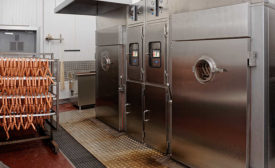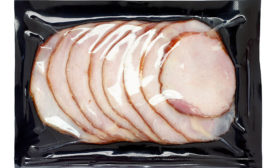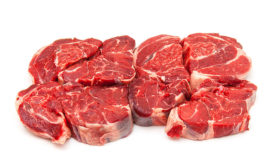Home » Keywords: » Thermal Processing
Items Tagged with 'Thermal Processing'
ARTICLES
Tech | Processing
Steamed up for food safety?
Hydrated surfaces appear effective at preventing bacteria from forming during the heating process.
Read More
Food Safety
Post-processing Pasteurization: Pressing innovation
Leveraging post-processing pasteurization technologies and methodologies is vital if meat and poultry processors are to eradicate the threat of pathogens throughout the production cycle.
Read More
Food Safety
Pasteurization options continue to grow
For pasteurizing product, processors have a variety of options on the rise, but thermal processing remains entrenched as the proven option for many companies.
Read More
Meat Science Review
Physical, thermal properties of beef steaks within different quality grades
Read MoreProviding another barrier for pathogens
Post-harvest pasteurization methods protect against foodborne pathogens, while keeping labels clean.
Read More
Special Report
Cooking & Chilling: A tale of two temperatures
Cooking and chilling systems are getting greener, faster and newer — yet still working together to keep product quality and safety at the top of its game.
Read More
Stay ahead of the curve. Unlock a dose of cutting-edge insights.
Receive our premium content directly to your inbox.
SIGN-UP TODAYCopyright ©2024. All Rights Reserved BNP Media.
Design, CMS, Hosting & Web Development :: ePublishing










